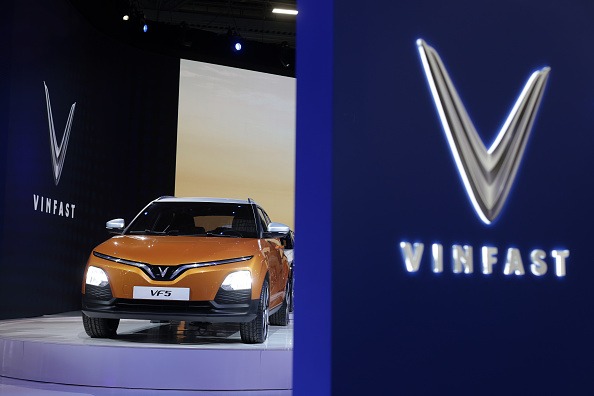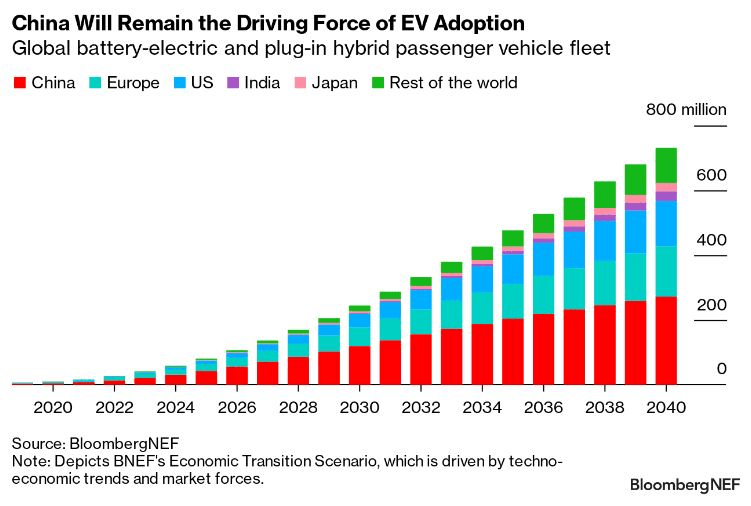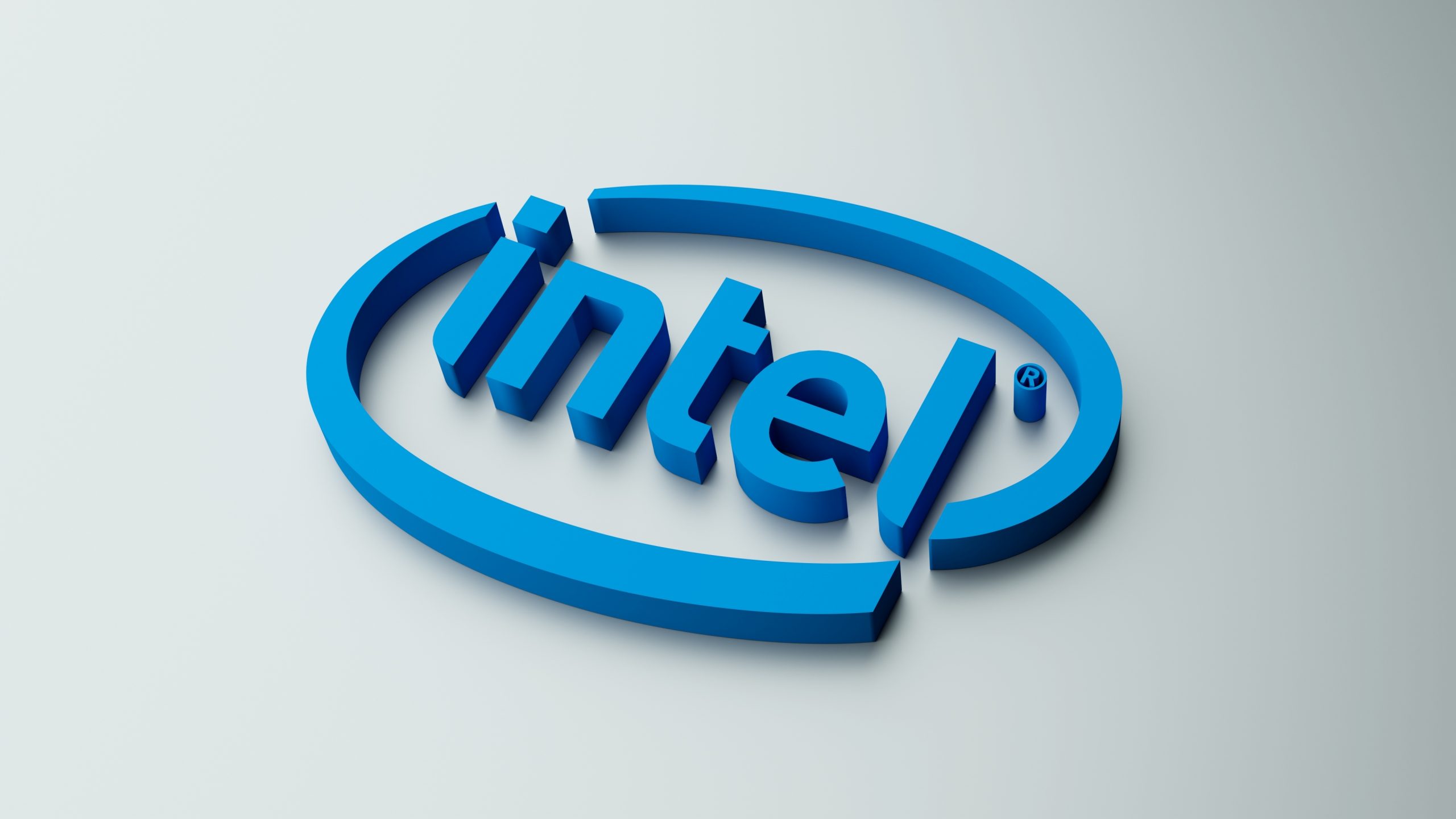VinFast vs. Rivian: A Comparative Company Analysis
VinFast (VFS) could be a major player in the EV industry starting in 2026, but the company is going to need to raise a significant amount of capital to get there

- Shares of VinFast (VFS) stock trades for about $6.50/share, which implies a valuation of roughly $15 billion.
- Using a company comparative analysis (CCA), shares of VinFast look relatively expensive at this time, especially as compared to Rivian (RIVN).
- Investors may want to hold off on entering a new position in VinFast until the company clearly articulates its future plans to raise additional capital.
Following a turbulent journey, the stock of VinFast (VFS) has remained stagnant for the past few months. Luckbox covered those details in Part 1 of this feature: VinFast (VFS): Big Potential, But …
By 2026, VinFast is expected to produce hundreds of thousands of electric vehicles (EVs) on an annual basis, but it’s not yet clear how the company will fund those ambitious plans.
Due to the murkiness of VinFast’s near-term financials, it’s almost impossible to ascertain a proper valuation for the company using a traditional discounted cash flow (DCF) analysis. As such, it’s worth examining the company from the perspective of a comparative company analysis (CCA).
In place of a traditional DCF analysis, investors and traders can use a comparative company analysis (CCA) to try and determine a fair valuation for a given company. This valuation approach compares the company in question to similar publicly traded companies in the same sector/industry.
A CCA analysis is especially useful in the case of VinFast, because there’s so many other companies trying to make a name for themselves in the emerging EV industry. Moreover, many of these EV companies are publicly traded, which means the perceived market valuations of these companies can be analyzed using their respective market capitalizations in the stock market.
When it comes to EV manufacturers, one of the most important statistics is the annual number of EVs produced by each respective company. And in the EV sector, this statistic is often reported as deliveries, which represents the number of new EVs that have been successfully delivered to customers or dealerships.
The table below highlights the total 2023 battery-electric vehicle (BEV) deliveries for some of the best-known manufacturers in the BEV sector and their associated market capitalizations (sorted by total deliveries).
| Manufacturer | 2023 BEV Deliveries | Market Capitalization |
| Tesla (TSLA) | 1,800,000 | $695 billion |
| BYD (BYDDF) | 1,600,000 | $80 billion |
| Li Auto (LI) | 376,000 | $34 billion |
| Nio (NIO) | 160,000 | $12 billion |
| Xpeng (XPEV) | 141,000 | $11 billion |
| Leapmotor | 144,000 | $5 billion |
| Rivian (RIVN) | 50,000 | $17 billion |
| VinFast (VFS) | 45,000 | $15 billion |
| Lucid (LCID) | 6,000 | $7 billion |
| Fisker (FSR) | 4,700 | 0.4 billion |
At first glance, one can see that the BEV manufacturers headquartered in China—BYD (BYDDR), Li Auto (LI), Nio (NIO), Xpeng (XPEV) and Leapmotor—all appear to have discounted valuations as compared to their counterparts in the West. This aspect of the comparative analysis will be covered in the next section.
Another key takeaway from the above data is the fact that VinFast and Rivian (RIVN) appear to be similarly valued in the market. The two companies delivered a similar number of vehicles in 2023, and from a peer analysis standpoint, that appears to be a significant factor in the EV sector.
Much like VinFast, Rivian is also operating at a steep loss. Rivian reported a loss of roughly $1.3 billion in Q3 of 2023, and the full-year loss is forecasted at roughly $4 billion. In comparison, VinFast is expected to lose somewhere around $2 billion in 2023. However, with the increased expenditures associated with the expansions of its manufacturing plants, VinFast’s losses could easily increase in 2024 and 2025.
Suffice to say, both Rivian and VinFast are far from profitable at this juncture. But for Rivian, that may soon change. The company claims it may produce a positive operating profit as soon as fiscal year 2024 or 2025. For VinFast, however, the earliest date it could report an operating profit would likely be in 2026, if not later.
Another big discrepancy between the two companies is cash on hand. At the end of the third quarter of 2023, Rivian had roughly $9 billion of cash on hand, while VinFast had less than $200 million.
Importantly, however, FinVast announced at the end of October that it had made a deal with Yorkville Advisors—a hedge fund located in New Jersey—to sell as much as $1 billion worth of equity. The deal with Yorkville can be executed anytime within the next 36 months, which means VinFast will likely be shoring up its cash position in the near future.
That cash infusion will certainly be a positive for VinFast, but Rivian’s $9 billion in cash represents a significant advantage. That cash advantage flows through to Rivian’s superior financials, illustrating why Rivian trades at a higher valuation than VinFast.
At the end of Q3 last year, Rivian had roughly $16 billion in total assets as compared to about $6 billion in total liabilities. In comparison, VinFast had total assets of roughly $5 billion at the end of Q3, against total liabilities of $7 billion. Rivian therefore has $10 billion more in assets than it does in liabilities, while VinFast has $2 billion less in assets than it does liabilities.
That means Rivian has a positive book value (total assets – total liabilities), whereas VinFast has a negative book value. Another significant feather in Rivian’s hat, as compared to VinFast.
Next year, Rivian is expected to deliver about 80,000 BEVs, as compared to the 50,000 it delivered in 2023. VinFast hasn’t yet provided a clear estimate of its potential deliveries in 2024, which makes it impossible to ascertain its potential sales growth.
Interestingly, both Rivian and VinFast delivered about 2.5% of the total BEVs that Tesla delivered in 2023, and both companies also have market capitalizations that are likewise about 2.0-2.5% of Tesla’s total. Going forward, it will be interesting to see if those figures hold. For example, if Rivian or VinFast grow their deliveries to 5% of Tesla’s, would their respective market capitalization also rise to 4.5-5% of Tesla’s?
Regardless, the aforementioned data clearly illustrates why Rivian enjoys a superior valuation to FinFast. If Rivian does achieve an operating profit in 2024, one could argue that it should trade with an even larger premium toVinFast.
Implications of the U.S.-China trade war
As referenced previously, the major Chinese EV manufacturers trade at a discount to their counterparts in the West. This is an important divergence, and likely ties back to the ongoing trade war between the United States and China.
As a result of the trade war, the tariff on imported Chinese vehicles in the U.S. is roughly 25%. While the tariff on Chinese vehicle imports is lower in Europe, the European Union is currently considering raising those duties.
Ultimately, the existing tariffs make Chinese BEVs prohibitively expensive in the U.S. market, which is probably why few are seen on the roads today in America. When the EU raises its own tariffs on Chinese BEV imports, that will make it more difficult for Chinese manufacturers to compete in that region, as well.
Importantly, VinFast is not a Chinese company, and is instead from Vietnam, which is the site of its primary manufacturing facility. Currently, the import tariff on automobile imports into the U.S. from Vietnam is only 2.5%. For truck imports, however, the figure is much higher at 25%.
As of now, VinFast isn’t producing enough vehicles that it would need to tap the U.S. market. Instead, VinFast can comfortably sell its limited production in Asia. But this example helps illustrate the importance of VinFast’s future U.S. production facility. Vehicles produced at VinFast’s facility in North Carolina won’t be subject to any import duty.
Considering that context, one can see how VinFast arguably possesses a competitive advantage over its Chinese counterparts in terms of access to the American BEV market. That advantage undoubtedly contributes to VinFast’s current valuation, and helps explain why VinFast enjoys a valuation that’s higher than the level implied by its current financials.

Investment takeaways and final considerations
At the end of the day, the success and sky-high valuation of Tesla (TSLA)—one of the most recognized and successful EV companies in the world (along with BYD)—provides the benchmark from which other global EV manufacturers are evaluated.
So, despite the fact that both Rivian and VinFast operate with steep annual losses, the market has assigned valuations of $15–17 billion for these companies as a result of their future potential. Those valuations are roughly 2.0-2.5% of Tesla’s total valuation, which is about the same percentage of vehicles that Rivian and VinFast delivered in 2023, as compared to Tesla.
It’s not easy to determine whether those are fair valuations, because it’s not easy to project the future revenues, expenses and earnings for these companies, especially VinFast.
On the plus side, the company is expected to have the capacity to produce hundreds of thousands of EVs by around 2026. Moreover, VinFast doesn’t suffer from the same negative stigma associated with the Chinese EV manufacturers. These factors have undoubtedly helped inflate the company’s valuation.
On the other hand, there’s no guarantee that consumers will gravitate toward VinFast’s vehicles when they are finally available for sale in the North American market. Additionally, VinFast is going to need to raise a boatload of new capital in order to pay for its ongoing expansion. Those capital raising activities will continue to dilute the holdings of existing shareholders.
Altogether, potential investors in VinFast may want to wait until there’s more clarity around VinFast’s future production and capital raising plans, before entering a new position. Especially considering the company’s current shortage of cash.
Down the line, it’s entirely possible the company’s valuation may align better with its actual fundamentals and expected future earnings. But as things stand now, it’s very difficult to assign a precise valuation to the company—at least not with a high degree of confidence. There’s also no way to know whether there’s actually a market for VinFast’s offerings (i.e. demand).
It should be noted that 96.6% of VinFast shares are held by insiders, and only 1-2% of the shares are publicly traded. That limited liquidity makes VinFast’s shares especially vulnerable to gap moves, as observed when the stock first started trading publicly last August.
At the start of 2024, VinFast announced a plan to make 10-20% of the company’s shares available for public trading by the end of this year. If that plan comes to fruition that should make VinFast’s shares easier to trade, from both the long and short side of the market. For the time being, however, investors and traders should be extremely careful when trading the VinFast equity market, because it may be susceptible to high magnitude, unexpected moves.
It should be noted that VinFast shares have received several upgrades of late, including a $12/share price target assigned by Wedbush, and an $11/share price target assigned by Chardan Research. BTIG also rates shares of VinFast a “buy” with a $10/share price target.
All of those price targets indicate a higher valuation than the $15 billion market cap implied by VinFast’s current stock price.
Importantly, however, none of those upgrades has served to move the stock higher. Over the last 30 days, VinFast shares have slumped by 16%. As such, it appears that other investors and traders are also waiting for additional details on VinFast’s plans to raise capital, before buying into this potentially intriguing story.
Investors may want to hold off on entering a new position in VinFast until the company clearly articulates its future plans to raise additional capital.
If you missed Part 1: click here to catch up.
Andrew Prochnow has more than 15 years of experience trading the global financial markets, including 10 years as a professional options trader. Andrew is a frequent contributor Luckbox magazine.
Want more insights on EVs? Subscribe to Luckbox magazine for free at getluckbox.com. The upcoming Spring issue is all about EVs and the auto industry.
For live daily programming, market news and commentary, visit tastylive or the YouTube channels tastylive (for options traders), and tastyliveTrending for stocks, futures, forex & macro.
Trade with a better broker, open a tastytrade account today. tastylive, Inc. and tastytrade, Inc. are separate but affiliated companies.




















